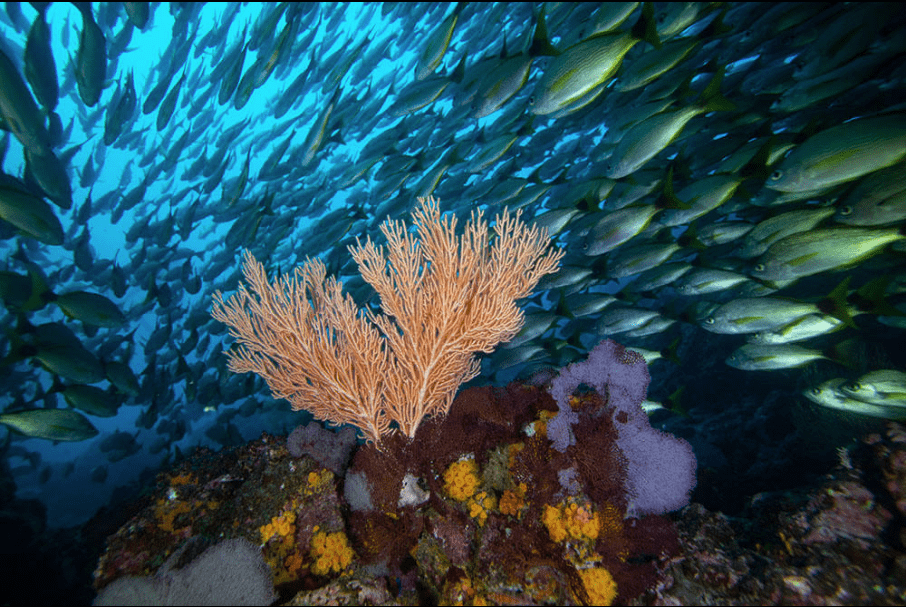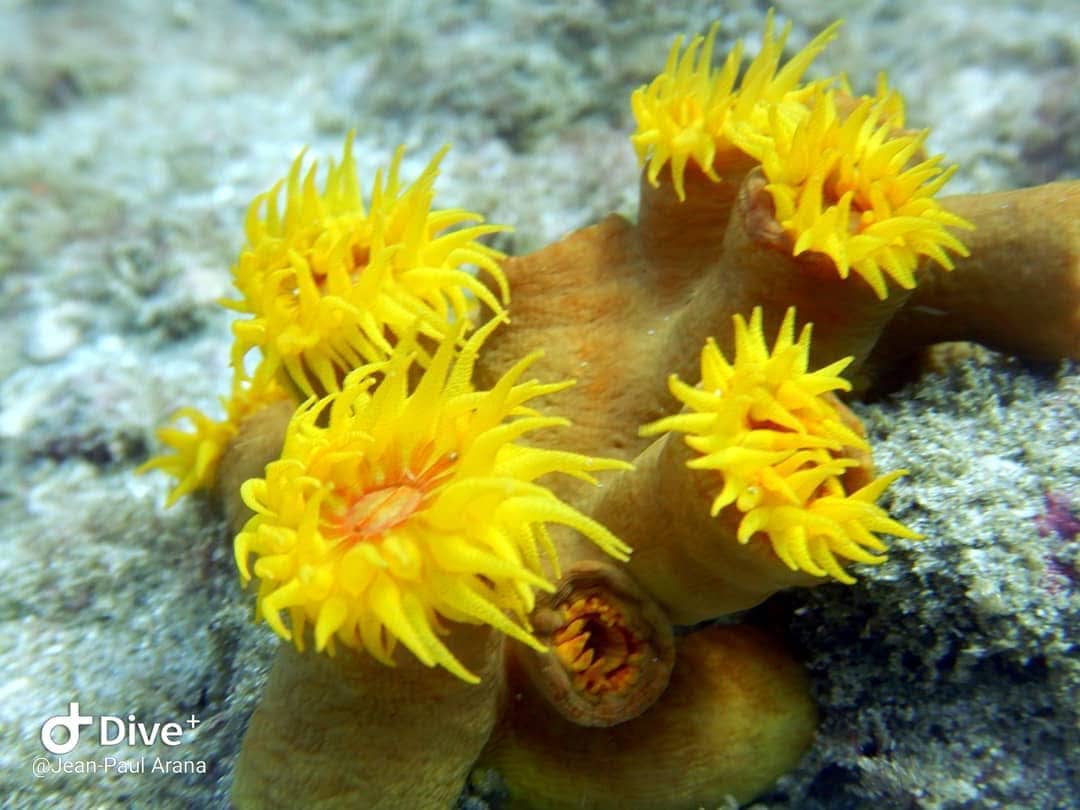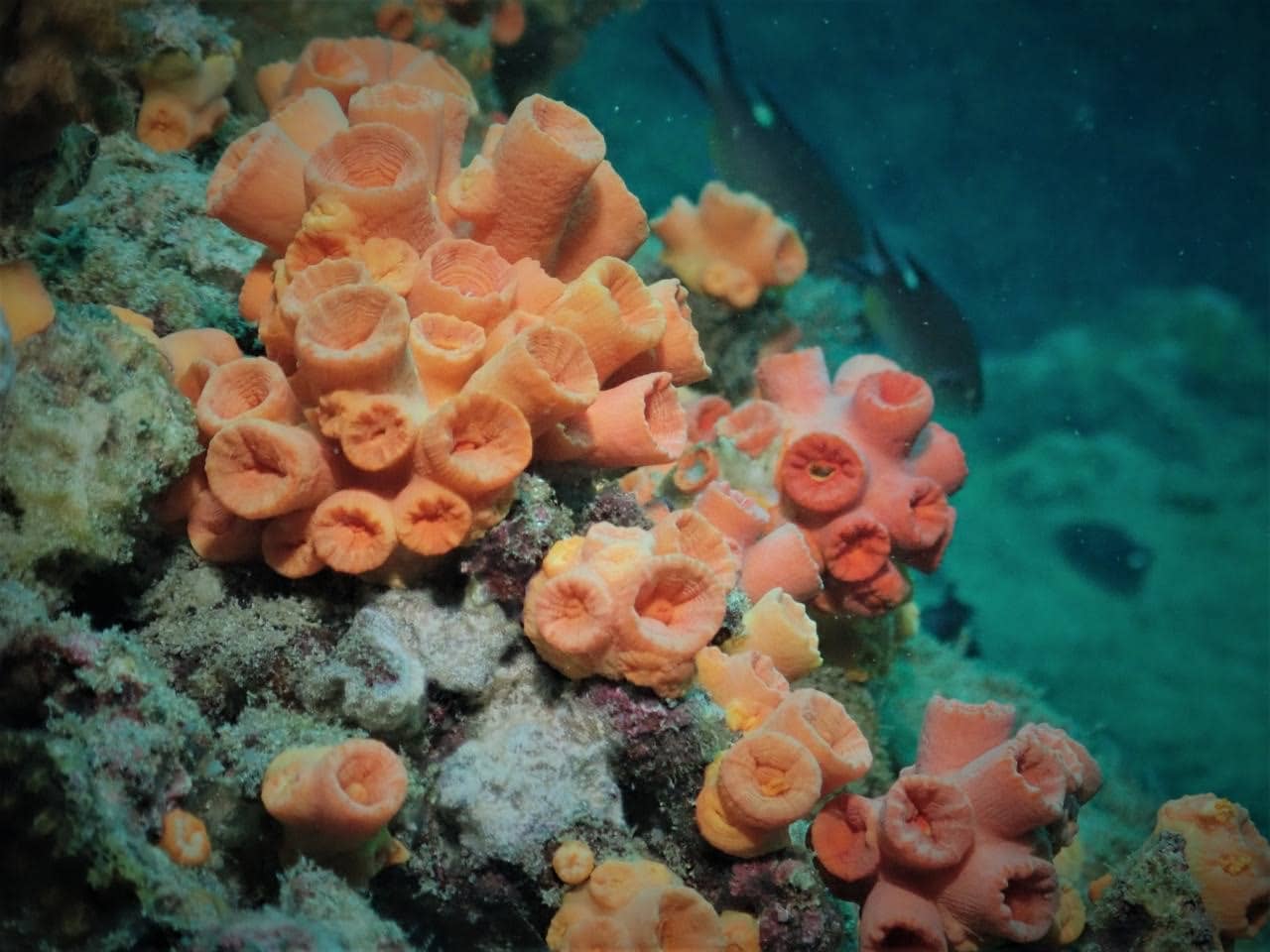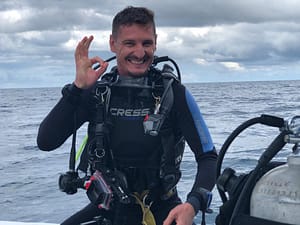
As we commented in previous posts, it is indisputable that the main attraction of the Isla del Caño Biological Reserve (RBIC) is under its waters and from CRAD we are committed to preserve and protect the marine ecosystem of Caño Island; the existing volcanic rock formations are the ideal bases for coral colonies, which in turn are home to a wide variety of mollusks, crustaceans and fish, as well as mammals such as dolphins and humpback whales in their migration periods, being and listed as one of the healthiest and best preserved reefs in the Pacific coast of Costa Rica, so we need to keep working on.

The RBIC has 5 coral platforms that are characterized by having mainly hard corals of the genus Pocillopora and Porites, while in the southern area of the island, more exposed to currents, we can find some types of soft coral such as Octocorals. In addition, around the entire island you can find rocky reefs and underwater pinnacles.
Reef growth on the island is relatively recent and the largest colonies are estimated to be less than 300 or 400 years old. Based on more recent studies, there are seven genera of hard corals that have been identified in the area, as well as high biomass of fish, mainly at high trophic levels with the presence of species of conservation importance such as the whitetip shark. reef (Triaenodon obesus) and occasionally the bull shark (Carcharhinus leucas) and hammerhead shark (Sphyrna mokarran). In addition, you can find huge schools of fish, especially snapper, snorers and horse mackerel; different kinds of sea turtles; various types of rays, moray eels, as well as a variety of invertebrates vital to the coral reef ecosystem
There are multiple reasons to protect this marine ecosystem of Caño Island; being one of the most susceptible to be strongly associated with human activities and the pressure they generate on it, and which, in turn, provides us with a wide variety of environmental services such as fishing, tourism, protection of the coastline , among others; in addition to being an important source of economic income for the surrounding communities that depend on tourism in this area.
Finally, we can not forget that the oceans and the life they harbor, are essential to the healthy functioning of the planet, supplying half of the oxygen we breathe and absorb annually 26% of emissions of carbon dioxide that we, humans, emitted into the atmosphere; in addition to providing us with services that sustain the health, well-being and prosperity of humanity.
These are just some of the reasons why at CRAD we are not only committed to carrying out our operations in a responsible and sustainable way, but we also propose ways in which you can contribute your grain of sand to ensure that future generations have access to these ecosystem services from which we have benefited so much, while protecting the place where we are happiest … the sea!
If you are interested in learning more about marine conservation and our PADI certification program “Marine Conservation Research Diver” write us and stay tuned for the next posts on Underwater Mondays, we will have many news about marine conservation!


Por Federico Salvarola,
Licenciado en Arqueología
PADI Instructor de CRAD
